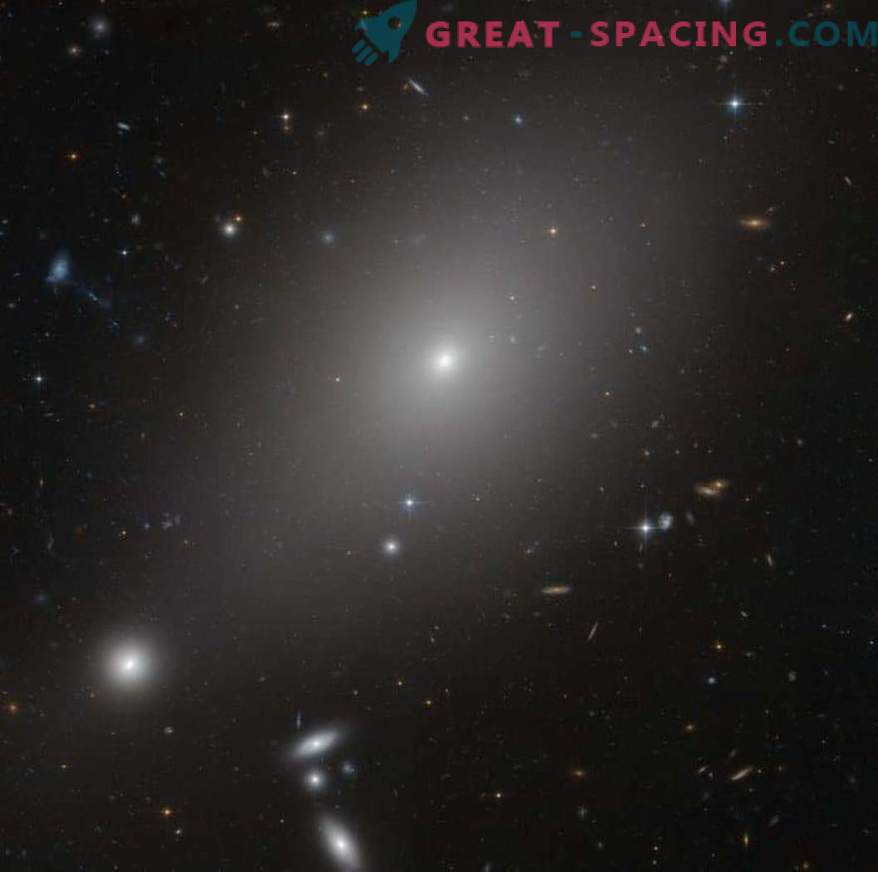
The most massive galaxies in our area created their stars billions of years ago. However, this process is now less active. Scientists believe that the main reason for stopping stellar birth is a small amount of gas. But a new study can offer a different version.
By studying the extreme environment of distant massive galaxies, one can learn not only about their evolution and universal history, but also understand the fundamental processes that govern stellar formation. Stars produce different types of atoms in our bodies and the outside world. Therefore, an understanding of their origin will allow us to understand where we came from.
Galaxies are divided into two main types: disk and elliptical. The first ones are flat and contain huge gas tanks that are used to constantly create stars. The latter are massive, round and have long ceased the process of star birth. Most theories believe that at a certain point elliptical galaxies lost their gas reservoirs, which led to a decrease in the rate of star formation.
High Beam
Scientists decided to find other reasons. The distance to galaxies is measured by how bright their stars are. It's about light years. It takes time for the light to travel, so when looking into the far space we see objects as they were at that moment.

Disk galaxy Messier 101
Ideally, I want to directly observe the galaxies, but it is extremely difficult. It takes several hours, which are given to each galaxy of thousands. Instead, the team decided to explore the dust. It (cold, not red-hot) represents 1% of interstellar matter, but is found wherever there is cool gas. For analysis, we used information from the Cosmological Evolution, covering a large celestial region, which was observed in various ground and space telescopes. Images from IR to radio waves made it possible to measure the speed of star birth and the mass of cold dust.
The selected galaxies are located far away, so it is impossible to detect each one individually. So we had to combine the light from 1000 galaxies and determine the average gas volume.

Elliptical galaxy ESO 306-17 in the southern sky
It turned out that elliptical galaxies, despite the low rate of star formation, contain a huge amount of gas - 100 times more than expected. This is surprising because the conclusion defies the usual look at the elliptical type of galaxies. In addition, it is necessary to rethink the understanding of the process of star formation.
What is the matter? A similar opportunity was predicted 9 years ago. The point is that in the disk type the gravitational attraction of the stars helps the gas to collapse, forming new stars. But in elliptical gravity is weak. Now you need to use new simulations and conduct direct observations using ALMA.











































